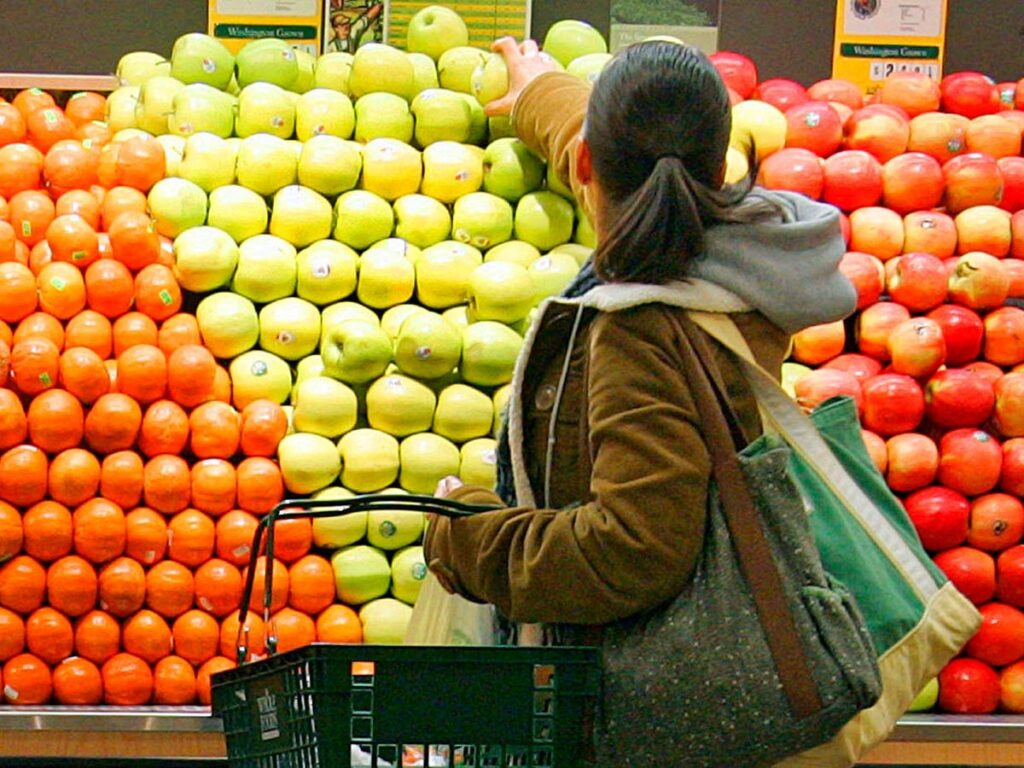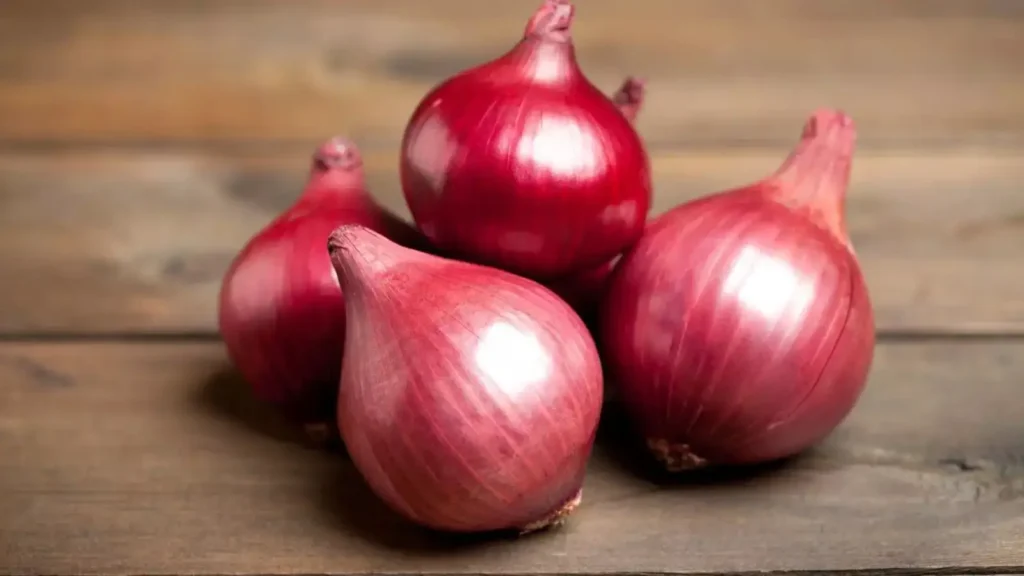Is Your Grocery Bill Finally Easing? Here’s How a Plunge in Prices Helping Your Wallet

Is Your Grocery Bill Finally Easing? Here’s How a Plunge in Prices Helping Your Wallet
Vegetable and pulse prices bring relief to households as inflation cools in September 2025
After months of tightening kitchen budgets, Indian households are finally getting some relief. According to Crisil’s latest report, the average cost of preparing a vegetarian thali fell 10% year-on-year, while a non-vegetarian thali became cheaper by 6% in September 2025, thanks largely to a sharp drop in onion and potato prices.
The report noted that the average cost of a vegetarian thali now stands at ₹26.30, compared with ₹29.10 a year ago. Similarly, a non-vegetarian thali costs ₹52.60, down from ₹56 in September 2024.

Vegetable Prices Slide
The fall in costs was led by a dramatic 46% year-on-year plunge in onion prices, driven by strong Rabi arrivals and improved supply.
Potatoes also became 31% cheaper as cold storage units released large stocks into the market, while tomato prices dipped 8% due to higher availability.
A bearish import momentum from Bangladesh—which accounts for nearly 40% of India’s onion exports—further helped stabilize prices.
Pulses and Other Staples Join the Trend
Pulses became 16% cheaper year-on-year, aided by increased imports of Bengal gram, yellow pea, and black gram, which the government has allowed duty-free till March 2026.
However, this relief was partially offset by rising cooking inputs: vegetable oil prices rose 21%, and LPG cylinder prices increased 6%, largely due to festive season demand.
Non-Veg Thali Sees Slower Decline
The cost of a non-vegetarian thali fell at a slower pace because broiler chicken prices—which account for nearly half the total thali cost—declined by only 1% year-on-year. Still, the lower prices of vegetables and pulses contributed to the overall easing of costs.

Inflation Cooling, RBI Gets Policy Room
Economists see this trend as a sign of inflation cooling to multi-month lows. A Reuters poll last month projected inflation to average around 4.0% this fiscal year—in line with the Reserve Bank of India’s target.
With inflation expected to stay subdued, analysts believe the RBI may have more room to cut interest rates to support a slowing economy.
Adding to the optimism, above-average monsoon forecasts have boosted hopes of stronger farm output and higher rural demand in the months ahead.
Even as global uncertainties pushed gold prices up 5% in April, the decline in essential food items has brought some much-needed relief to millions of Indian households finally making the monthly grocery bill a little easier on the wallet.












